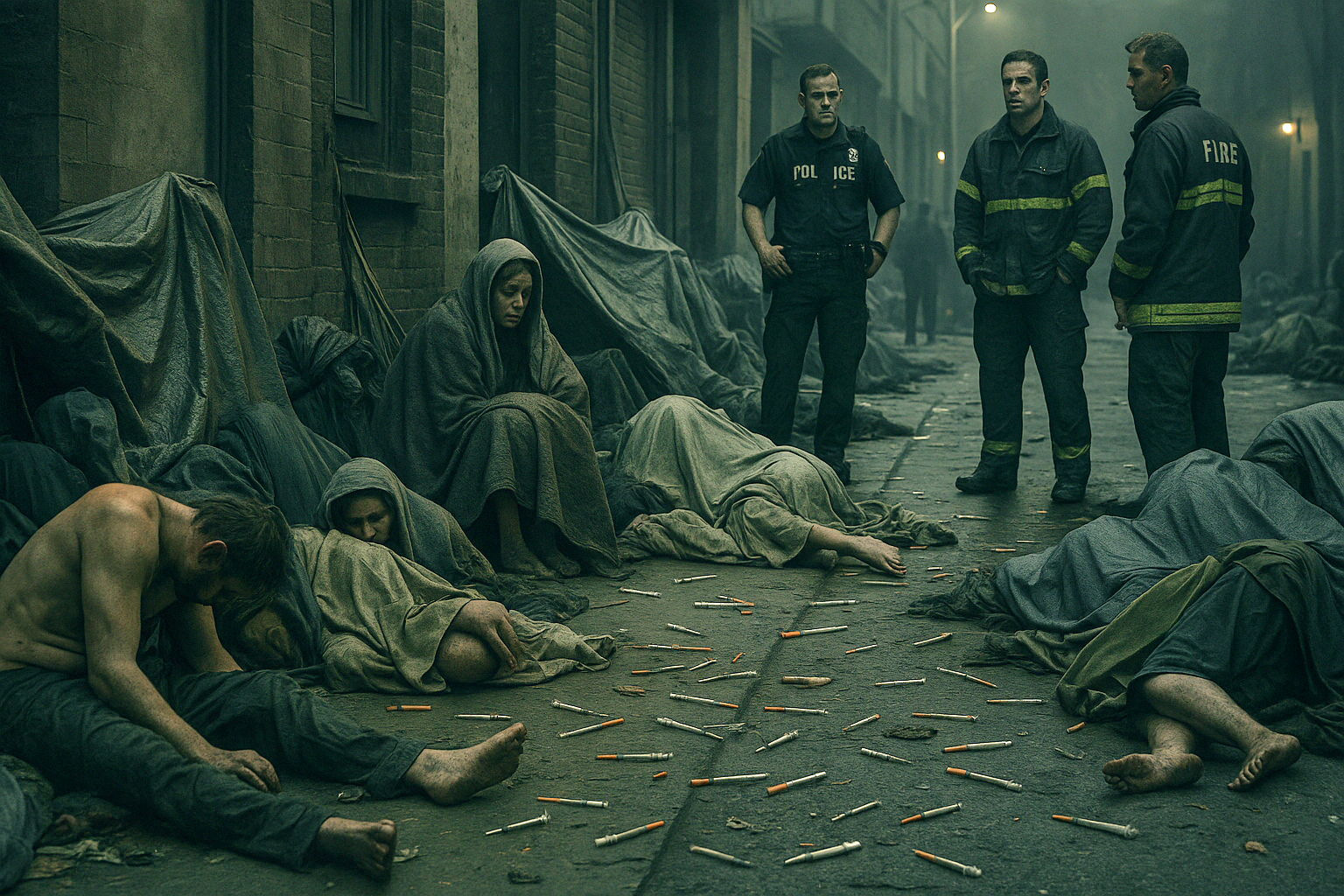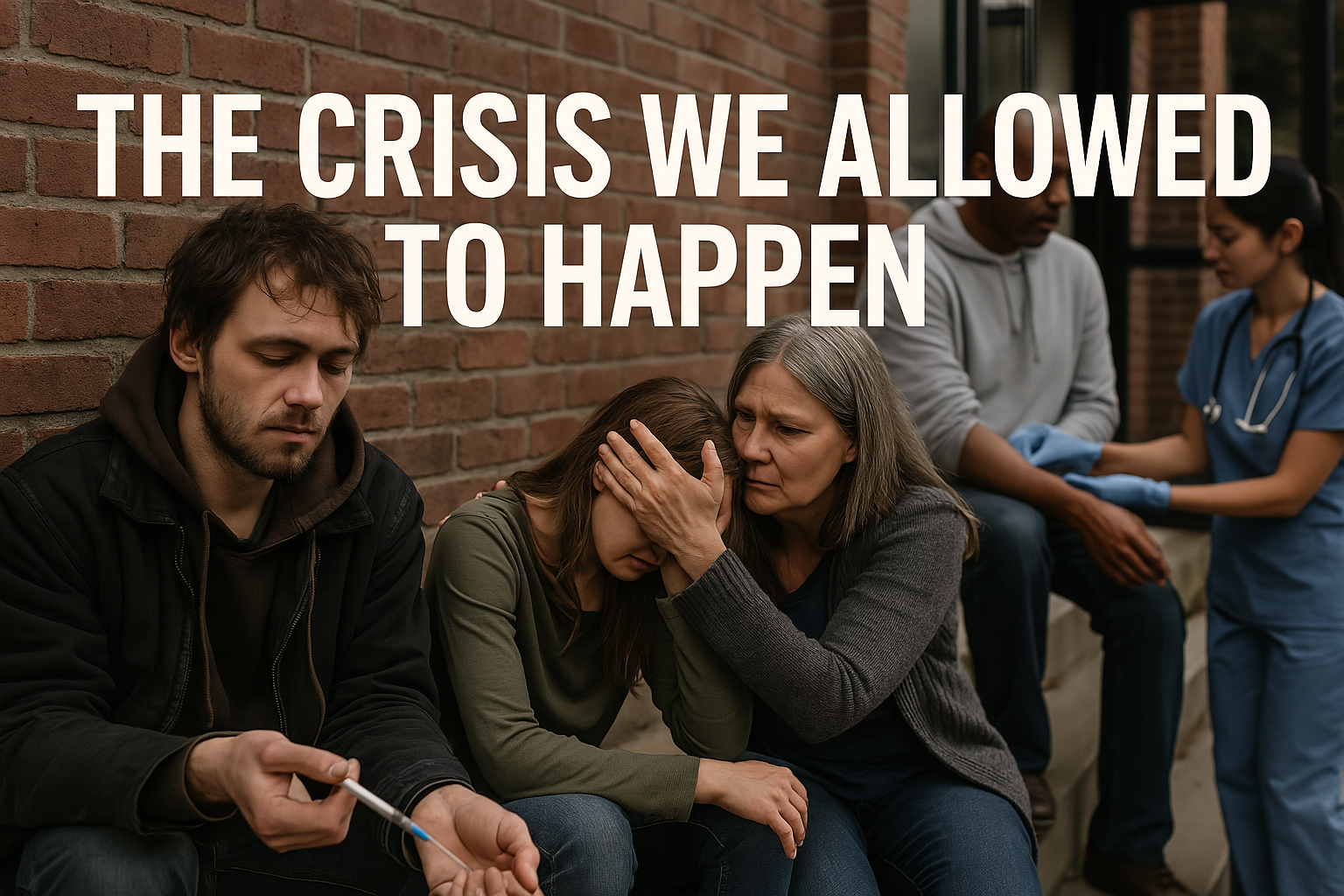Quote: “We didn’t lose control overnight. We handed it over, one prescription at a time.”
Chapter 1: The Crisis We Allowed to Happen
The opioid epidemic did not arrive like a hurricane. It crept in. Quietly. Legally. With government approval. With doctors’ signatures. With the comforting seal of science. And most damning of all, with society’s consent.
It began with a pain revolution. In the 1990s, a new movement emerged in North America: pain should be treated not just aggressively, but as the “fifth vital sign.” Pharmaceutical companies, especially Purdue Pharma, seized the moment. OxyContin was marketed not just as a treatment for pain, but as a safe, non-addictive miracle drug. Doctors, pressed to improve patient satisfaction and armed with the belief that they were under-treating pain, were eager to comply.
The Medical Mirage
Medical journals carried ghostwritten articles funded by pharmaceutical companies. Continuing education seminars—often paid for by industry—taught that opioids were safe for long-term use. Doctors were incentivized to prescribe. Many did so with good intentions. Others with none at all.
As prescriptions soared, so did dependency. But this wasn’t addiction, we were told. It was “pseudoaddiction” — a term invented to reassure everyone that the problem was under-treatment, not the drug. The cure? More opioids.
A Culture of Numbness
By the early 2000s, a generation was growing up in homes where pill bottles sat on kitchen counters like salt and pepper shakers. Pain was something to be erased, not endured. Discomfort became a diagnosis. And the solution to any emotional or physical ache was chemical.
TV shows normalized addiction; celebrities confessed their struggles in tabloids. But still, there was no urgency. Communities ignored the problem. Law enforcement lacked tools. Regulators turned a blind eye. And the system, as always, protected its own.
The Warning Signs We Missed
By the time fentanyl entered the scene, the door had already been left wide open. The damage was done. Millions were dependent. Thousands were already dead. And yet, few were held accountable.
Even now, some still argue this wasn’t predictable. But the truth is we didn’t lose control overnight. We handed it over, one prescription at a time.
The Silence That Enables
Communities, desperate to seem compassionate, embraced harm reduction over accountability. Politicians, wary of blame, funded services instead of solutions. And media, all too often, spun the narrative of addiction as purely a victim story—never asking who profited, who pushed, who protected.
This chapter begins the work of asking those questions. Because if we are to fix this crisis, we must first admit: we allowed it to happen.

